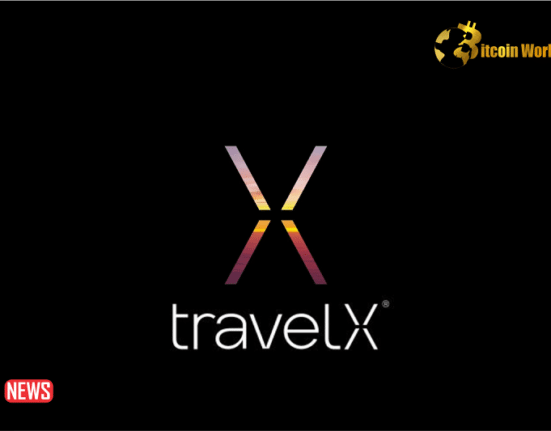As its uses expand beyond Bitcoin, blockchain technology is growing in popularity. One survey indicated that 81 of the 100 largest global corporations are actively pursuing blockchain-related solutions. Its popularity raises blockchain security concerns.
Let’s look at blockchain security and its applications. Before we begin, let’s acknowledge the absurdity of questioning blockchain security, which was designed to increase security.
I know security is important from years of Web 2.0 and Web 3.0 development. Like keeping your house safe without locking the door, securing your product without reducing usability is another challenge.
Blockchain security demands understanding its essential security features. What are the key concerns while securing a blockchain network?
First, transitions should not modify blockchain transaction contents. So, the transaction should be honest. Blockchains are chains of transaction records
.The transaction becomes immutable after all nodes validate it (i.e., it cannot be altered after validation). Every chain transaction is verifiable, immutable, and time-stamped.
A blockchain must prohibit tampering with active transaction objects and historical data in blockchain blocks to be tamper-proof. SHA-256, public-key cryptography, and Digital Signature ensure this.
Tampering with the Bitcoin blockchain would lead to network exclusion. Node operators who approve transactions and add blocks to the chain are deterred from tampering with records since it will be found.
Inactive nodes stop receiving mining rewards. Bitcoin node operators have no motivation to alter the ledger.
All blockchains should incentivize node operators not to change records. Its incentivization technique keeps the distributed ledger tamper-proof as it develops and adds blocks.
If a bank security guard were rewarded for protecting the money, they would not steal. Honesty is rewarded, discouraging record tampering.
Blockchain should be consistent. Hence, all blockchain nodes must update the record concurrently. Blockchain networks have multiple nodes. Since blockchain is a distributed network, all nodes should update when a new block is added.
This is like an orchestra playing in harmony. To make beautiful music, musicians must be in tune.
To maintain ledger consistency, blockchain nodes must cooperate. Pressure. What happens if a musician (node) plays a bad note? Should they restart the song (blockchain)?
DDoS (distributed denial of service), double-spending, majority consensus (51%), and Sybil attacks (fake identities to trigger Byzantine problems) are blockchain network attacks.
Sybil attack protection requires complexity, speed, and cost compromises.
One study found that PoW (proof-of-work) and PoS (proof-of-stake) systems that use CPU, memory, or other expensive resources are resistant to Sybil attacks (e.g., cryptocurrencies, stablecoins, reputation tokens).
PoW bootstrapping with PoS execution also resists.
Ultimately, a security system must safeguard ledger contents and transactions from such malicious attacks, like a strong lockset that prevents burglaries yet lets keyholders in.
Security includes blockchain data access. Every user or node must be able to read ledger records at any moment for blockchain to work. This data keeps blockchain users up to date.
MPC protects assets while allowing easy access (multi-party computation). MPC technology eliminates the risk of a “single point of compromise” by not storing critical data in one place.
Several parties receive encrypted private key shares. All parties can recreate a lost or stolen private key dynamically.
Hence, even if one shard is compromised, the blockchain transaction cannot be completed. It’s like a bank vault with several locks that different people enter with different keys. The robber needs all keys to open the vault.
Blockchain pseudo-anonymity reveals addresses, not user names. This creates a trustless, secure financial environment by protecting user privacy and allowing anonymous transactions.
Blockchains’ opaqueness can be a double-edged sword. It protects user privacy but makes it hard to find and punish criminals. Lack of openness encourages fraud and abuse.
In 2022, ransomware criminals stole $457 million from victims, according to Chainalysis. So, users must hold bad actors accountable to maintain a secure and trustworthy system, balancing transparency with privacy.
It’s like balancing castle security and hospitality. Too much security makes the castle hard to approach, while too little makes it susceptible to intruders.
Too much blockchain transparency can violate privacy, while too little might lead to fraud and abuse. To protect your castle, locate the middle ground between “Fort Knox” and “Disneyland.”
Blockchain security is crucial to preventing attacks. Furthermore consider usability. Blockchain security solutions must account for attackers and users.
Security is not compromised by prioritizing usability. Effective security systems must consider the user. More will be amazing.
Blockchain security solutions should be like mom bears—tough enough to keep intruders out but soft enough to comfort users when they need it.















